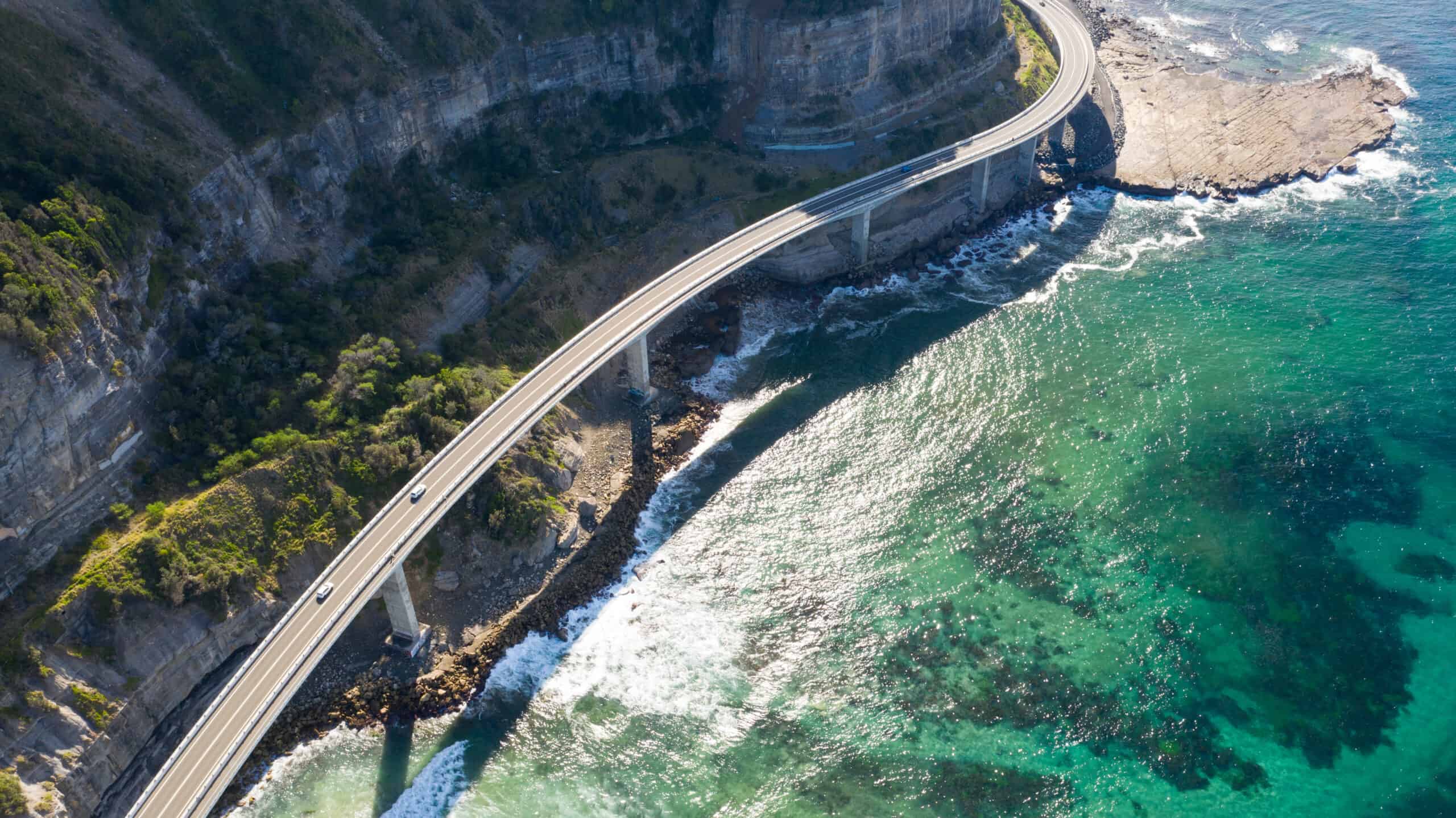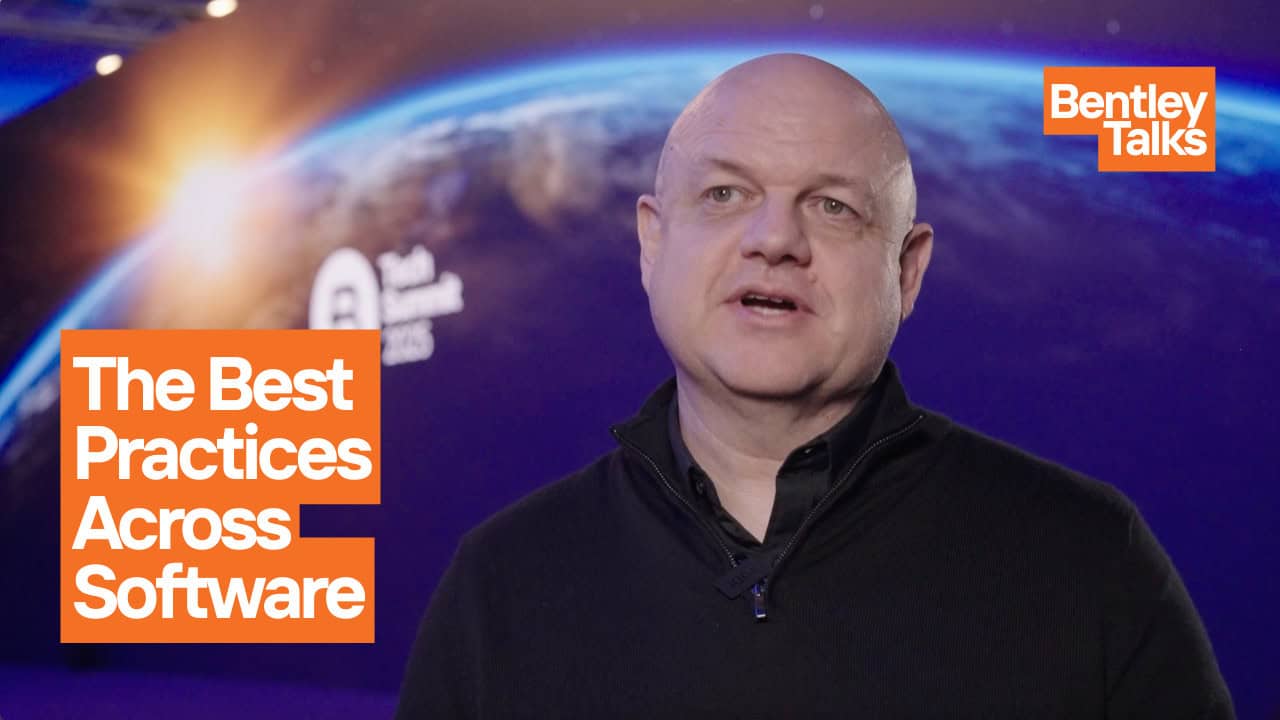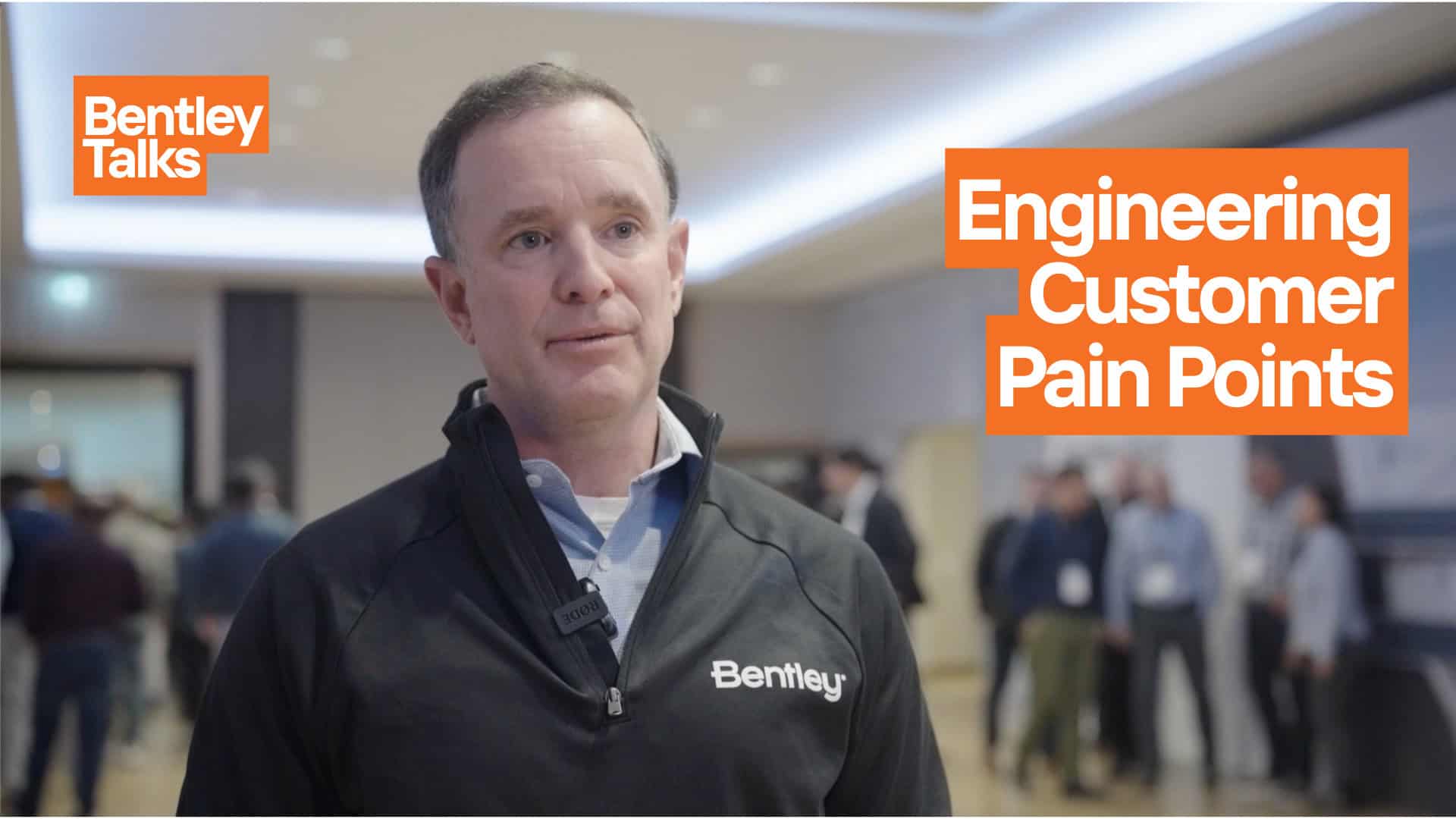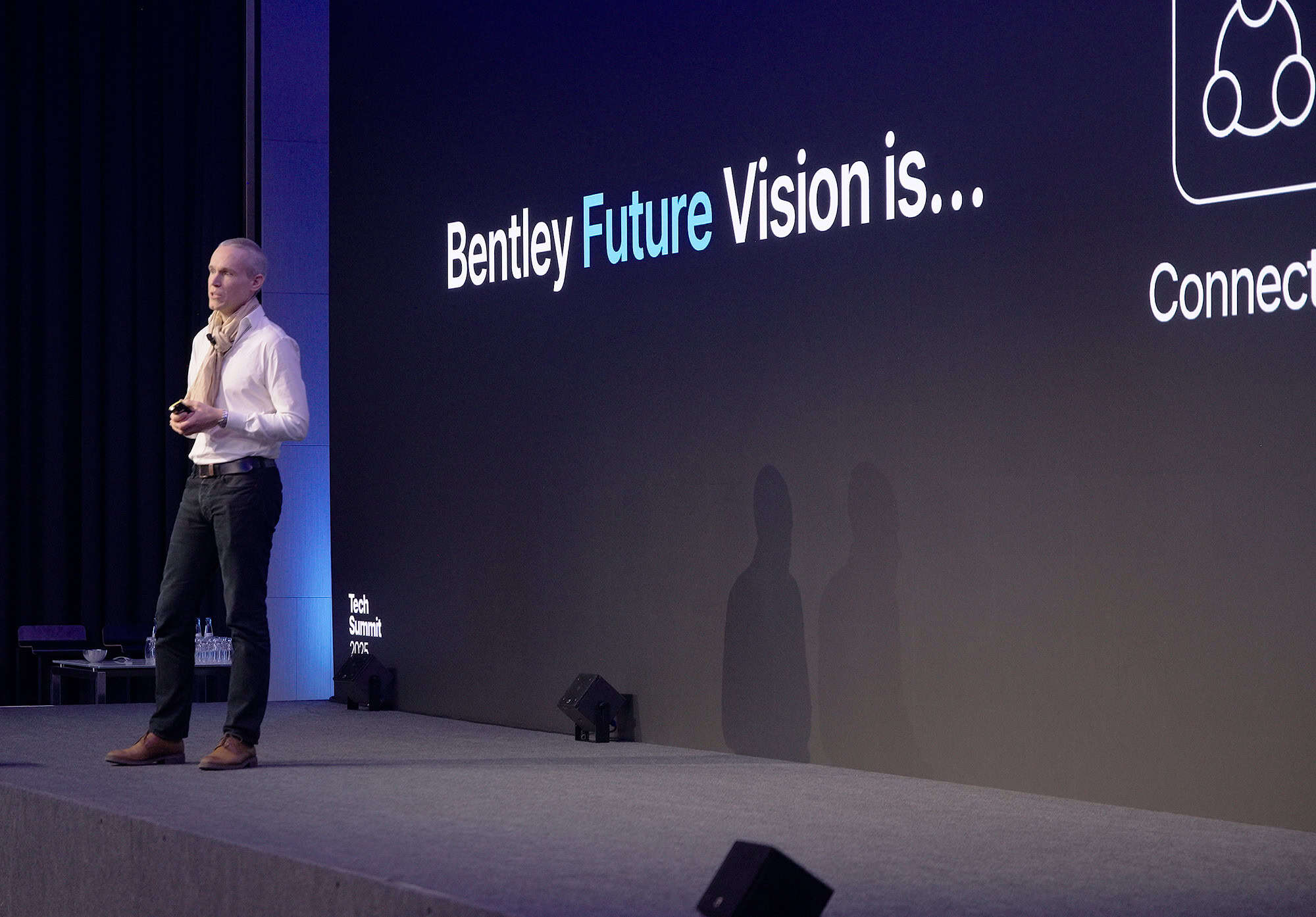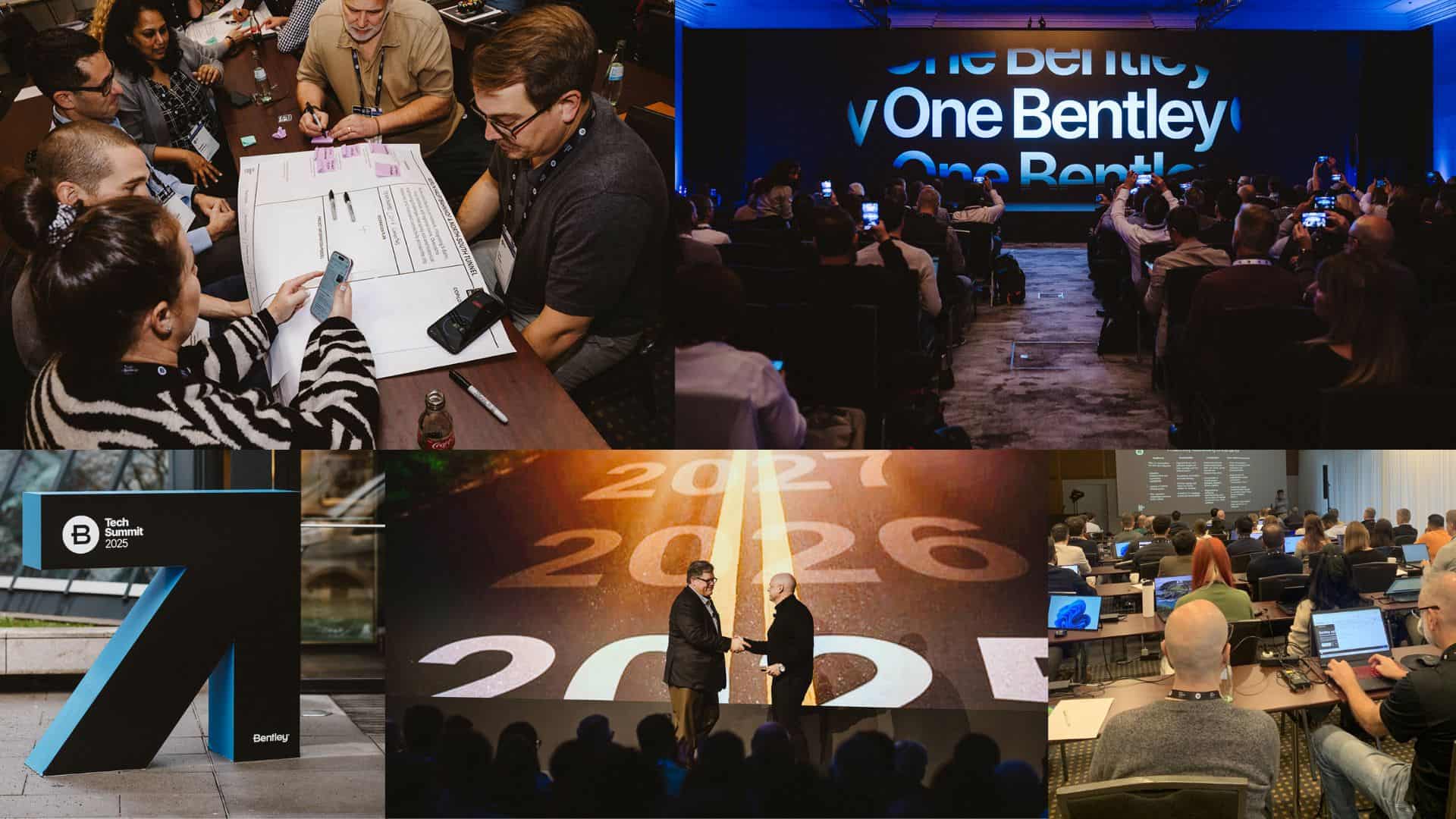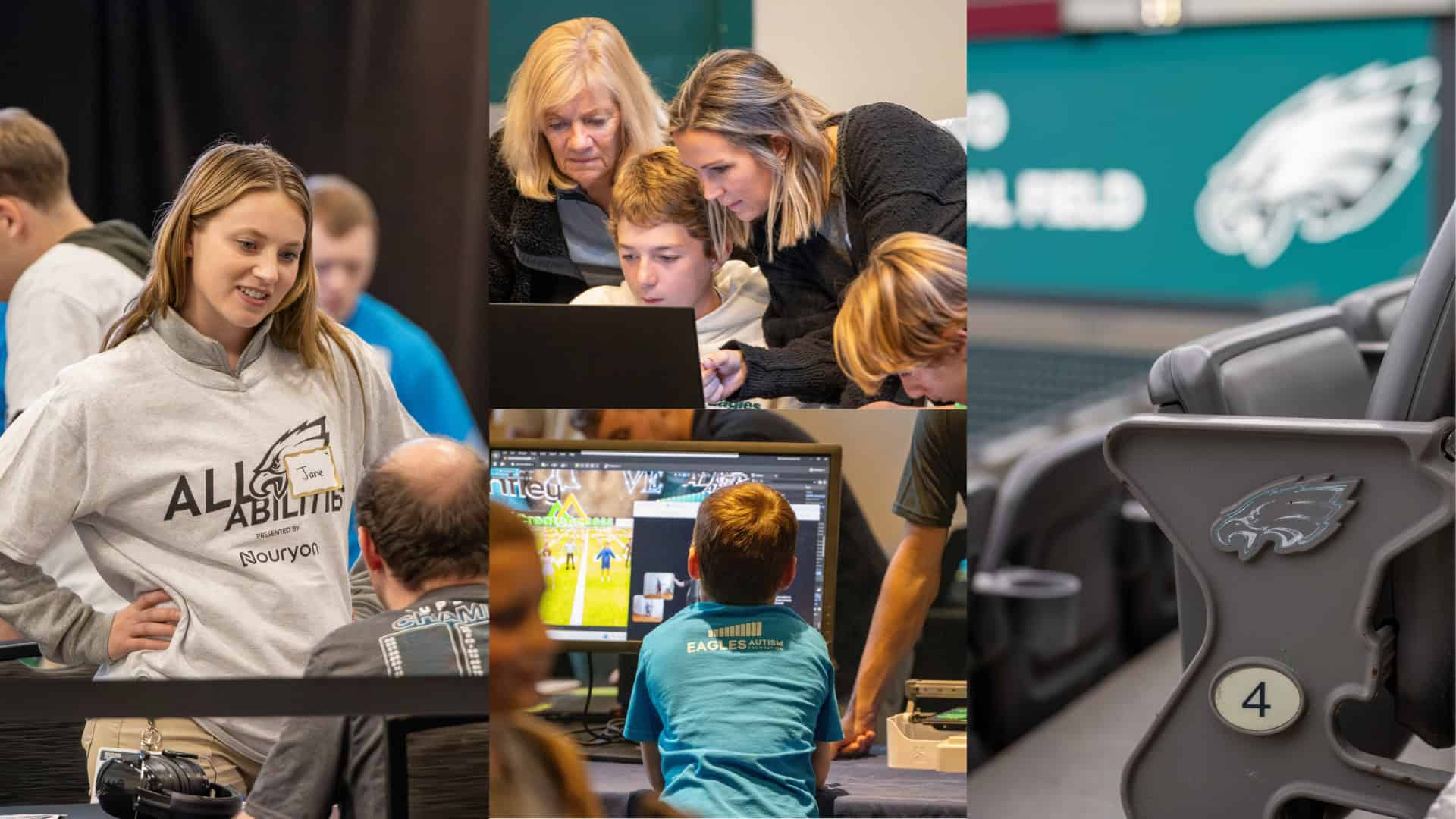The opportunity now is to institutionalize going digital not only within our organizations, but also towards “future-proofing” our world’s assets with respect to economic and environmental dependencies.
As we look forward at the outset of 2022, having endured an unanticipated and unexpectedly protracted global pandemic, we should prioritize making the most of what we’ve learned in response to vulnerabilities for which we were unprepared. I think it can objectively be said that “going digital” has been the saving grace in enabling economic productivity to largely continue, and even gain new momentum, when no one on earth could “go to work” for literally years.
I think the momentum in going digital will turn out to have been the crisis’ silver lining, in leading the way to improve the resilience of infrastructure. There is opportunity now to institutionalize going digital, not only within our organizations but also towards “future-proofing” our world’s assets with respect to economic and environmental dependencies.
Of necessity during the pandemic, going digital enabled “virtualizing” infrastructure engineering and related professions. Today, any practitioner anywhere in the world can work on infrastructure projects anywhere (else), WITH anyone. This has permanently increased opportunities for all, enabling broader reach and faster profusion of innovations.
Digital acceleration
Most infrastructure engineering organizations, having surmounted unimagined challenges, have actually grown their scope and profits during the pandemic. By going digital, they have proved and improved their resilience and are consequently more future-proof. The priority must be to continue and accelerate going digital, so that as it becomes impossible to increase the infrastructure engineering workforce, infrastructure engineers can increase their productivity and thus their workload to meet the growing global demand, signified by newly committed funding for infrastructure improvements.
New pandemic-spawned patterns of work and life have substantially disrupted the requirements for infrastructure’s fitness for purpose. Coping with unexpected exposures has increased the world’s determination to achieve and sustain the adaptation needed for overall economic and environmental resilience. The daunting cost of new infrastructure capacity means this can be effective only at the margins, and hence the priority must be the necessary extension of the useful life of infrastructure assets, with the added imperatives of energy transition and climate threats. Just in time to meet these challenges, further benefits of going digital are at hand and are accelerating, with infrastructure Digital Twin advancements gaining adoption.
Bentley Systems (BSY)’s 2021 Year in Infrastructure (virtual) Conference served to highlight this momentum. The Going Digital Awards reflected independent juries’ assessments of the hundreds of infrastructure projects nominated by BSY users globally. The 2021 Infrastructure Yearbook, presenting all of the nominations, winners, finalists, and founders’ honorees, provides an informative and encouraging perspective on advancements towards infrastructure resilience now being enabled by ongoing pandemic-spurred inflections.
Infrastructure Digital Twins require federating together, in Cloud services, each of
- digital context, for reality (reflecting “OT” via operational technologies),
- digital components, for veracity (leveraging “ET” from engineering technologies), and
- digital chronology, for fidelity (by virtue of “IT” comprising information technologies).
In achieving these Digital Twin thresholds, significant and auspicious progress was observable during the pandemic.
Digital context
An essential prerequisite for an infrastructure Digital Twin is to capture and continuously maintain an asset or project’s digital context, its 3D-surveyed reality. With pandemic restrictions curtailing physical site access, drones and associated surveying innovations were applied with reality modeling software to support, for example, increasingly autonomous inspections. At BSY, we observed significant related milestones:
- 36% of the (57) 2021 Going Digital Award finalist projects credit reality modeling;
- AEC Advisors’ inaugural Going Digital survey of AEC firms’ CEOs in October 2021 indicated that more than half have invested in and are offering UAV surveying services;
- With Collins Engineering and the Minnesota DoT, BSY was recognized by Microsoft (North America) as the Mixed Reality Partner of the Year, for UAV-based bridge inspection workflows;
- BSY acquired Seequent, the global leader in subsurface Digital Twins, to integrate geosciences with infrastructure engineering; and
- BSY inaugurated infrastructure IoT for environmental monitoring, with the acquisitions of Sensemetrics and Vista Data Vision.
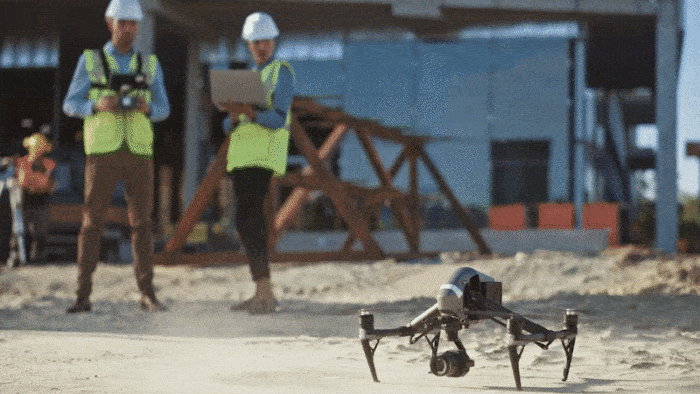 The Stone Arch Bridge, Minnesota’s 140-year-old landmark, was inspected remotely using drones and 3D modeling.
The Stone Arch Bridge, Minnesota’s 140-year-old landmark, was inspected remotely using drones and 3D modeling.Digital components
The veracity and value of infrastructure Digital Twins results from their semantic federation with the asset’s engineering technologies’ intelligence. The pandemic accelerated these needs and responsive innovations, as in these examples:
- In keeping up with unprecedented demand for bandwidth for going digital, and in anticipation of widespread 5G rollout, communications towers’ operators have led the way among infrastructure owners, in endorsing and demanding infrastructure Digital Twins, which robustly incorporate digital components. Bridging from reality modeling to Digital Twin creation and curation, BSY’s OpenTower iQ cloud service applies machine learning workflows to recognize and classify, with reference to carriers’ digital catalogs, each tower’s as-operated equipment inventory. The physically and functionally aligned digital components then directly populate extensive structural and schematic simulations to assess the tower’s further capacity and optimize its maintenance. I believe this continued steep learning curve being proven for the case of communications towers’ Digital Twins will ultimately benefit the resilience of all infrastructure assets.
- The requirement for infrastructure to suddenly be used differently under pandemic conditions has led to new applications and advances in modeling and simulation within mobility Digital Twins, for instance. BSY’s LEGION pedestrian simulation software has been enhanced to model parameterized social distancing behaviors; BSY’s CUBE, EMME, and DYNAMEQ traffic simulation software have been applied to consider lockdown scenarios; and BSY’s new AGENT software is expanding these with agent-based capabilities. With major transportation infrastructure investment programs now in scope everywhere, pandemic learnings have accelerated the need to capture the dynamic, interdependent, and multi-modal mobility decisions of travelers (among digital components) as independent individual “agents,” rather than relying only on traditional aggregate measures.
- As the “build back better” initiatives are notably prioritizing climate resilience through renewable energy sourcing, engineering modeling and simulation software are being integrated in new combinations around novel digital components. For example, BSY’s OpenWindPower design application incorporates our PLAXIS geotechnical functionality for fixed offshore wind farms, and also our SACS and MOSES offshore wave modeling for floating offshore wind farms. BSY’s newly acquired Powerline Systems power transmission engineering software will be incorporated for grid integration, which is otherwise the bottleneck impeding progress towards green energy.
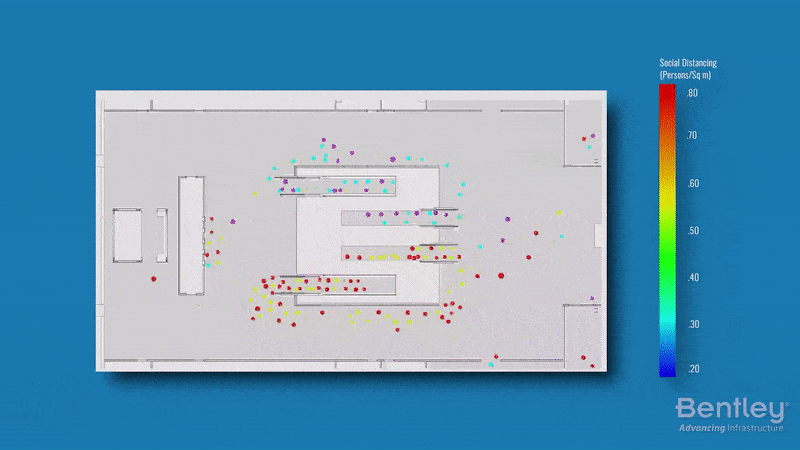 Bentley’s LEGION generates objective simulations of pedestrian traffic flow which aided in predicting social distancing behaviors at a transportation hub.
Bentley’s LEGION generates objective simulations of pedestrian traffic flow which aided in predicting social distancing behaviors at a transportation hub.Digital chronology
Infrastructure Digital Twins must synchronize changes in both their digital context and digital components, in order to maintain fidelity over the asset lifecycle, and their usefulness is multiplied by logging and even extrapolating these changes. The pandemic has contributed to and coincided with advancements in this “4D” visibility:
- Restrictions in travel to project sites, and on proximity within project sites, have accelerated “constructioneering,” enhancing 3D BIM for construction sequencing and scheduling. The emerging opportunity for “industrializing” construction will necessitate 4D simulation of the interfaces and assembly of modules manufactured offsite. So far, BSY’s SYNCHRO for 4D construction modeling was credited by 28 percent of Going Digital Award finalists, and led BSY’s new business growth in 2021.
- New and broadly accessible 3D visualization environments (expedited by investments for consumers to experience the “metaverse”) will quickly improve the “last mile” technology for immersively navigating Digital Twins. This is leading to new demands for integration with BSY’s iTwin Platform to uniquely enable 4D infrastructure Digital Twins, as exemplified in NVIDIA’s main-stage demonstrations of its Omniverse environment to visualize SYNCHRO 4D construction modeling.
The firsthand examples here make the case that what we’ve recently learned – from going digital for pandemic resilience – will serve us well over the longer term, through Digital Twins, in the imperative for sustaining infrastructure resilience.
This report was first featured in Geospatial World.

